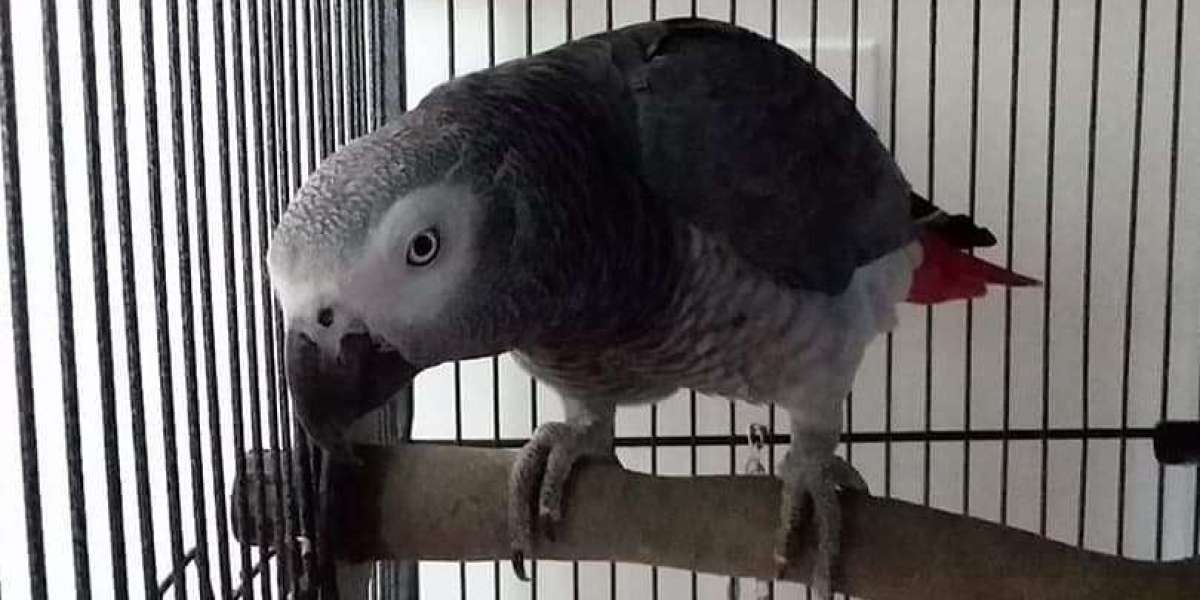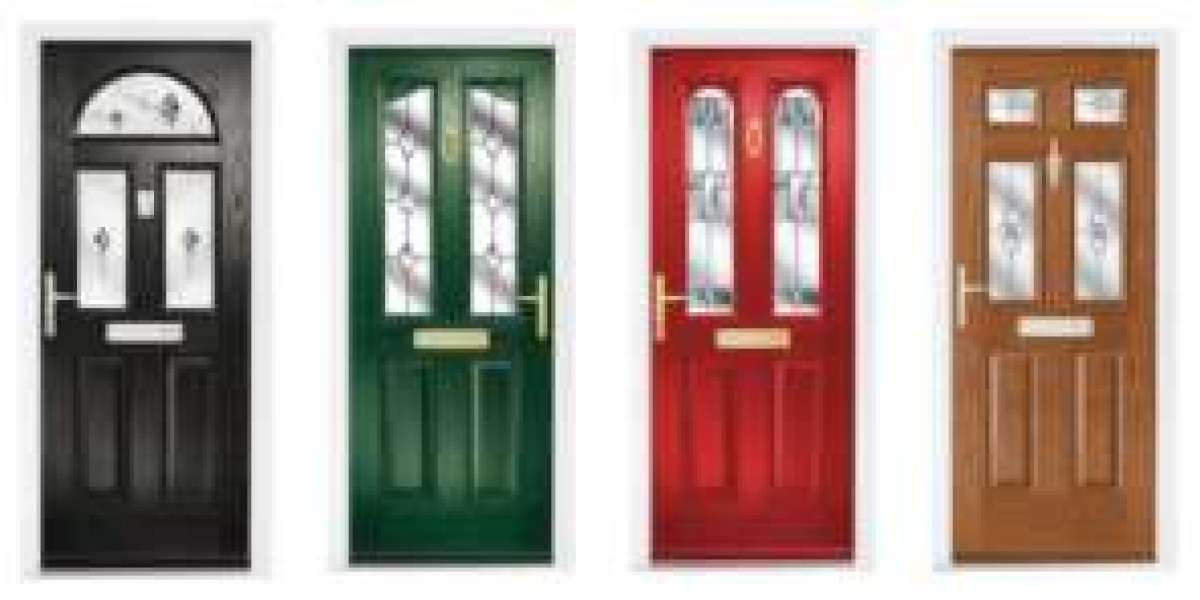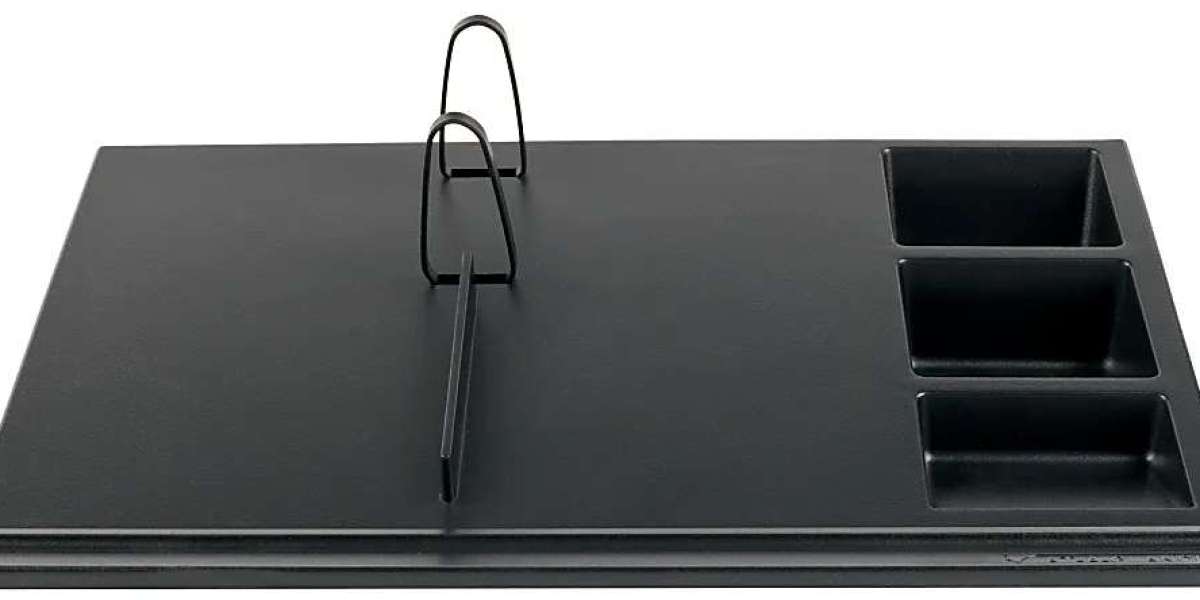African Grey Parrots are renowned for their intelligence, social nature, and incredible ability to mimic human speech. Given their mental capacity and physical needs, selecting the right cage is crucial to their health and happiness. This article provides an in-depth look at what makes an ideal cage for an African Grey, detailing dimensions, materials, features, and maintenance.
Why Cage Size Matters
Cage size is fundamental for ensuring the well-being of African Grey Parrot Cage Grey Parrots. These birds need ample space to move around, exercise, and stretch their wings. A big enough cage supports their physical health and mental stimulation, thus reducing stress and potential behavioral issues.

Recommended Cage Dimensions
| Age/Size of Bird | Minimum Cage Dimensions (inches) | Ideal Cage Dimensions (inches) |
|---|---|---|
| Young African Grey | 24 x 24 x 36 | 30 x 30 x 48 |
| Adult African Grey | 30 x 36 x 48 | 36 x 48 x 60 |
As a rule of thumb, the larger the cage, the better. The above table indicates minimum and ideal sizes to suit various ages and sizes of African Grey Parrots.
Cage Design Considerations
1. Bar Spacing
The spacing of the bars should be appropriately sized to ensure the safety of the bird. For African Grey Parrots, a bar spacing of ½ inch to ¾ inch is generally recommended. If the spacing is too wide, young or small birds could escape or, worse, get their heads stuck.
2. Materials
Cages must be constructed of safe and durable materials. Look for:
- Stainless steel: This is the best option as it’s non-toxic and resistant to rust and chewing.
- Powder-coated metal: While not as durable as stainless steel, good-quality powder-coated cages can be safe and provide good design options.
- Plastic components: Make sure they are non-toxic and durable for any food bowls or trays.
3. Design & Layout
Cages for African Grey Parrots should allow for climbing, play, and exploration. Consider the following:
- Multiple perches: Varying heights and diameters will encourage climbing and provide physical activity.
- Play areas: Some cages come with attached play tops, providing a space for your bird to socialize outside the cage.
- Toys and enrichment: Ensure the cage design allows for the inclusion of toys, chew items, and foraging opportunities.
Cage Location
Choosing the right location for an African Grey Parrot's cage is critical. Here are some factors to consider:
- Social Interaction: African Greys are social birds that thrive on interaction with their owners. Placing the cage in a high-traffic area of the home allows for frequent socialization.
- Avoid Drafts: Ensure the cage is not placed in a drafty area, as sudden temperature changes can stress birds.
- Sunlight: The cage should receive sunlight for part of the day, but it should also have areas of shade for when the bird needs to cool down.
Cage Maintenance
Regular cage maintenance ensures a hygienic living environment for African Grey Parrots. Follow these basic cleaning guidelines:
- Daily: Remove uneaten food, refresh water, and wipe down any surfaces that the bird may have soiled.
- Weekly: Deep-clean the entire cage with a non-toxic cleaning solution, replacing bedding or liners and cleaning toys.
- Monthly: Inspect all components, including perches and toys, for wear and tear, ensuring they remain safe to use.
Common FAQs About African Grey Parrot Cages
1. How often should I clean my African Grey’s cage?
It is advisable to perform daily maintenance and a thorough cleaning once a week to keep the environment healthy.
2. What type of toys should I put in the cage?
African Grey Parrots enjoy a variety of toys that can be chewed, climbed on, and foraged through. Look for wooden toys, ropes, and puzzle feeders to stimulate their intelligence.
3. Can I use a second-hand cage?
Yes, but ensure it is thoroughly cleaned and inspected for any damages or toxic materials before use.
4. Do African Grey Parrots need a cover at night?
While not necessary, providing a cover can create a sense of security and help your bird sleep more soundly. Ensure that airflow is adequate.
In summary, the ideal cage for an African Grey Parrot should be spacious, safe, and designed to facilitate a stimulating environment. The choice of materials, the spacing of bars, and the overall design can significantly affect the bird's health and well-being. Regular maintenance and an appropriate habitat location further enhance their quality of life. By understanding the specific needs of African Grey Parrots, owners can create an enriching environment that promotes happiness and longevity in their feathered companions. Always remember that an investment in a quality cage is an investment in your pet’s health and happiness.
With informed choices, African Grey Parrots can have a safe haven that keeps them engaged and thriving.



